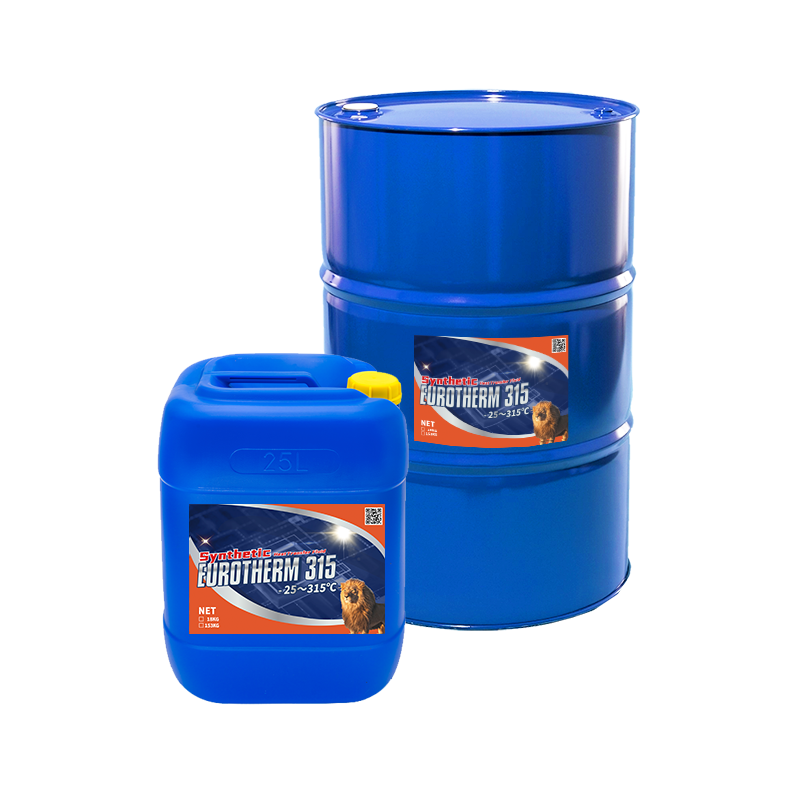The Only Guide to Chemie
The Only Guide to Chemie
Blog Article
The 2-Minute Rule for Chemie
Table of ContentsChemie - QuestionsThe Greatest Guide To ChemieWhat Does Chemie Do?Getting The Chemie To Work7 Easy Facts About Chemie ShownThe 15-Second Trick For Chemie
By Bojanna Shantheyanda, Sreya Dutta, Kevin Coscia and David SchiemerDynalene, Inc. Fluid cooling, which can be accomplished using indirect or straight means, is made use of in electronics applications having thermal power thickness that may surpass secure dissipation via air cooling. Indirect liquid cooling is where warm dissipating digital components are physically separated from the fluid coolant, whereas in instance of direct air conditioning, the components are in direct contact with the coolant.Nevertheless, in indirect air conditioning applications the electric conductivity can be important if there are leakages and/or splilling of the liquids onto the electronics. In the indirect cooling applications where water based fluids with corrosion inhibitors are typically made use of, the electrical conductivity of the liquid coolant mainly depends on the ion focus in the liquid stream.
The increase in the ion concentration in a shut loophole fluid stream may occur as a result of ion seeping from steels and nonmetal components that the coolant liquid touches with. Throughout procedure, the electric conductivity of the liquid may increase to a level which might be harmful for the cooling system.
Chemie - An Overview
(https://chemie.godaddysites.com/f/revolutionizing-cooling-and-heating-solutions-with-chemie)They are bead like polymers that can trading ions with ions in a remedy that it touches with. In the here and now work, ion leaching tests were executed with various metals and polymers in both ultrapure deionized (DI) water, i.e. water which is treated to the highest degrees of purity, and reduced electrical conductive ethylene glycol/water combination, with the determined change in conductivity reported in time.
The samples were permitted to equilibrate at area temperature level for two days before recording the preliminary electrical conductivity. In all examinations reported in this research study liquid electric conductivity was gauged to an accuracy of 1% using an Oakton CON 510/CON 6 collection meter which was calibrated prior to each dimension.
Chemie Fundamentals Explained
from the wall heating coils to the center of the heating system. The PTFE sample containers were put in the heating system when constant state temperature levels were gotten to. The examination arrangement was removed from the heating system every 168 hours (seven days), cooled down to room temperature level with the electrical conductivity of the liquid determined.
The electrical conductivity of the fluid sample was kept track of for an overall of 5000 hours (208 days). Schematic of the indirect closed loop cooling experiment set-up. Components used in the indirect closed loophole cooling down experiment that are in call with the fluid coolant.

9 Simple Techniques For Chemie
Throughout procedure the fluid storage tank temperature was preserved at 34C. The change in liquid electrical conductivity was monitored for 136 hours. The fluid from the system was gathered and stored. Similarly, shut loop examination with ion exchange material was executed with the same cleansing procedures employed. The initial electrical conductivity of the 230ml UP-H2O in the system gauged 1.84 S/cm.

0.1 g of Dowex resin was contributed to 100g of liquid samples that was taken in a separate container. The mix was stirred and alter in the electric conductivity at room temperature level was measured every hour. The determined modification in the electrical conductivity of the UP-H2O and EG-LC test liquids containing polymer or metal when engaged for 5,000 hours at 80C is shown Number 3.
Fascination About Chemie
Ion seeping experiment: Measured change in electrical conductivity of water and EG-LC coolants containing either polymer or metal examples when immersed for 5,000 hours at 80C. The results show that steels contributed less ions into the liquids than plastics in both UP-H2O and EG-LC based coolants.
Liquids containing polypropylene and click to find out more HDPE showed the most affordable electric conductivity changes. This might be because of the short, stiff, direct chains which are much less most likely to add ions than longer branched chains with weak intermolecular forces. Silicone also did well in both test fluids, as polysiloxanes are typically chemically inert due to the high bond energy of the silicon-oxygen bond which would stop destruction of the material into the liquid.
Top Guidelines Of Chemie
It would be anticipated that PVC would certainly produce similar outcomes to those of PTFE and HDPE based upon the similar chemical frameworks of the products, nonetheless there might be various other pollutants present in the PVC, such as plasticizers, that may impact the electric conductivity of the liquid - silicone synthetic oil. Furthermore, chloride teams in PVC can likewise seep into the examination fluid and can cause a boost in electrical conductivity
Polyurethane totally disintegrated right into the test liquid by the end of 5000 hour examination. Before and after images of steel and polymer examples submersed for 5,000 hours at 80C in the ion seeping experiment.
Measured adjustment in the electric conductivity of UP-H2O coolant as a feature of time with and without material cartridge in the shut indirect air conditioning loophole experiment. The determined adjustment in electric conductivity of the UP-H2O for 136 hours with and without ion exchange material in the loop is received Figure 5.
Report this page